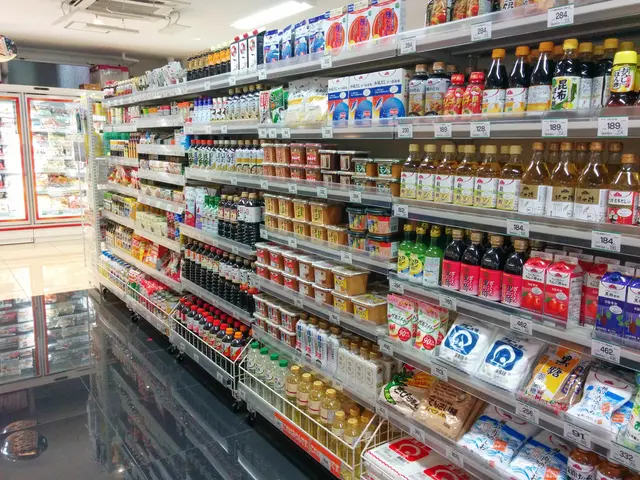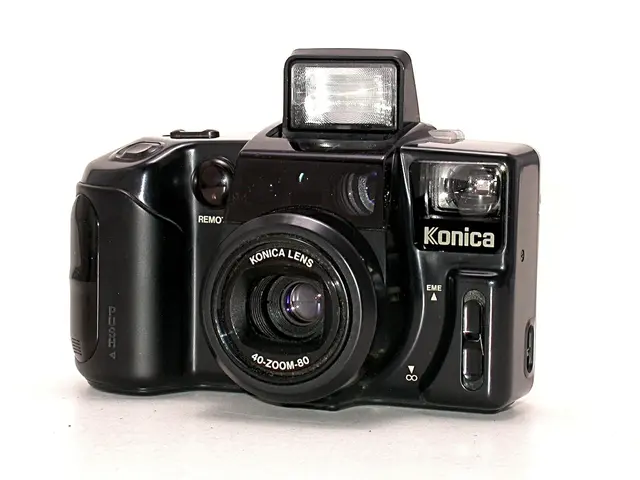Essential Mental Agility: The Versatile Ability That Ensures Career Resilience Across Industries
In an increasingly complex and rapidly changing world, the need for students to develop critical thinking skills has never been more crucial. As we prepare our young learners for an unpredictable job market, schools, educators, and parents must prioritise the development of these essential skills.
Virtual Reality (VR) classrooms offer a unique opportunity to transport learners into historical events or hypothetical science scenarios, fostering critical thinking and problem-solving skills. By immersing students in these environments, they are encouraged to question, analyse, and draw reasoned conclusions based on evidence – the very essence of critical thinking.
Critical thinking aids in fostering an inner sense of security and confidence by enabling students to sift through falsehoods and stand by evidence-based decisions. This skill is not only beneficial in academic settings but also in navigating social issues, media biases, and civic responsibilities, creating engaged citizens.
The ability to question, analyse, and reason will remain essential in the future, regardless of the specific job market. A study by the National Soft Skills Association shows that 85% of job success comes from well-developed soft skills and interpersonal abilities, while only 15% depends on technical knowledge.
Despite the importance of soft skills, training budgets often focus on hard skills alone. Integrating critical thinking exercises, such as categorising fake news or mini-debates on categorised headlines, into various subjects can enhance learning and innovation. STEM lab activities can motivate students to ask questions, look deeper, and form evidence-based conclusions, going beyond traditional test tubes and circuit boards.
Educators can integrate critical thinking exercises into subjects like math, physics, or biology using VR simulations, open-ended projects, and hands-on training activities. These strategies not only foster critical thinking but also empower future innovators by paving the way for meaningful innovation and sustainable growth.
To effectively integrate critical thinking into classroom learning, educators and schools should adopt a multi-faceted approach focused on curriculum, pedagogy, assessment, and environment. This includes embedding critical thinking across the curriculum, using active, inquiry-based teaching methods, incorporating thinking routines, creating a supportive classroom environment, training educators in critical thinking pedagogy, utilising technology purposefully, assessing critical thinking through open-ended tasks, and fostering a growth mindset and lifelong learning.
Collectively, these strategies prepare students not just for specific careers but for a future where jobs may not yet exist, by developing adaptable, analytical, and creative thinkers capable of tackling complex, unforeseen challenges. In a future filled with jobs that don't yet exist, people who can distinguish facts from fiction and truth from clickbait will remain in high demand.
In summary, effective integration of critical thinking in education involves curriculum innovation, active learning, supportive environments, educator training, purposeful technology use, authentic assessments, and mindset development – all essential to prepare students for an unpredictable future workforce.
In the context of a transforming world, Virtual Reality (VR) classrooms can serve as a platform for encouragement of personal-growth, learning, and education-and-self-development, as they immerse students in hypothetical scenarios and historical events that foster critical thinking and problem-solving skills. This development of these skills aids in building an inner sense of security and confidence, not only beneficial in academic settings, but also crucial for addressing social issues, media biases, and civic responsibilities, contributing towards the creation of engaged citizens.




